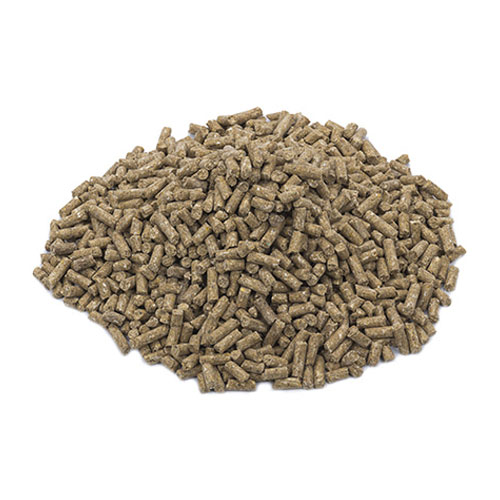Dairy Advice - Spring
Pellets, straights or blends?
The choice of feed is a decision that can have far-reaching impacts, well beyond the immediate cost. It therefore pays to look at the features and benefits of the various options to ensure that you get what’s right for your situation.
When it comes to supplementary feeding, it can be challenging to make a decision. With different options to choose from, it’s important that your decision supports your farming objectives, your animals’ specific nutritional requirements and your operational requirements.
Generally speaking, the feed choice comes down to three main groups: pellets, blends or straights (raw materials, or commodities). Each has its own distinct features and benefits that need to be taken into account.
Straights
Straights or individual feeds are a basic and cost-effective option that is well-suited to situations where there is only one limiting nutrient. If, for instance, protein is limiting from the diet it can be effectively addressed with soya, canola or DDGs (dried distillers grains) etc. However, if the nutritional deficit is limited to starch, then barley, wheat, oats or maize would be a good option to achieve the desired nutritional balance.
There is one proviso when it feeding grains: make sure the feed is cracked or rolled so that all of the grain is easily accessible for rumen microbes. This is an important issue because cracking or rolling ensures that the starch is effectively utilised by the animal. Otherwise the rumen microbes can’t access it, leaving much of the grain largely undigested and passed out in the dung. This can be a costly feed when the animals aren’t able to utilise it in its entirety.
Blends
A blended option comprises multiple raw materials that are combined and requires a degree of care in terms of its practicalities. There are some notable physical limitations, specifically where feed is light and fluffy. Apart from the obvious dust hazard, it can also easily be blown out of the way and allows cows to pick through the feed to selectively eat what they want. You also need to be aware that some components of the feed may stick to the silo walls and/or settle in transport. This can then lead to an unbalanced diet.
An important limitation of blends is their inability to mix well with minerals. The reason lies in the different particle size which invariably causes an uneven distribution of the different materials. The resulting feed would deliver an inconsistent dosage of supplements.
Pellets
If you would like to address the differentiated nutritional limitations of your situation, pellets are the best option. Starch, protein, minerals … whatever is missing from your animals’ current diet can be effectively delivered via pellets to achieve a high degree of nutritional certainty.
The manufacturing process further enhances the nutritional availability by partially cooking the raw ingredients. The heat and pressure applied makes the starch more available to the rumen microbes. The pellet size itself ensures that it is easily picked up by the animal and digested.
As the raw ingredients have been ground up prior to being pelletised, they can then be readily broken down once they are in the rumen. The small particles within the pellet provide a higher surface area improving nutrient uptake.
The upshot of the pellet option is that it represents a feed choice where every mouthful has the same nutritional profile as the next. And with the addition of minerals or additives to suit your specific requirements, it means that the formulation can effectively assist with goals such as improved milk production, liveweight gain or the like.

Hi Starch
A fully balanced pellet that provides a range of starches with different break down rates. This makes the starch available in the rumen for longer and creates a more stable and efficient environment.

